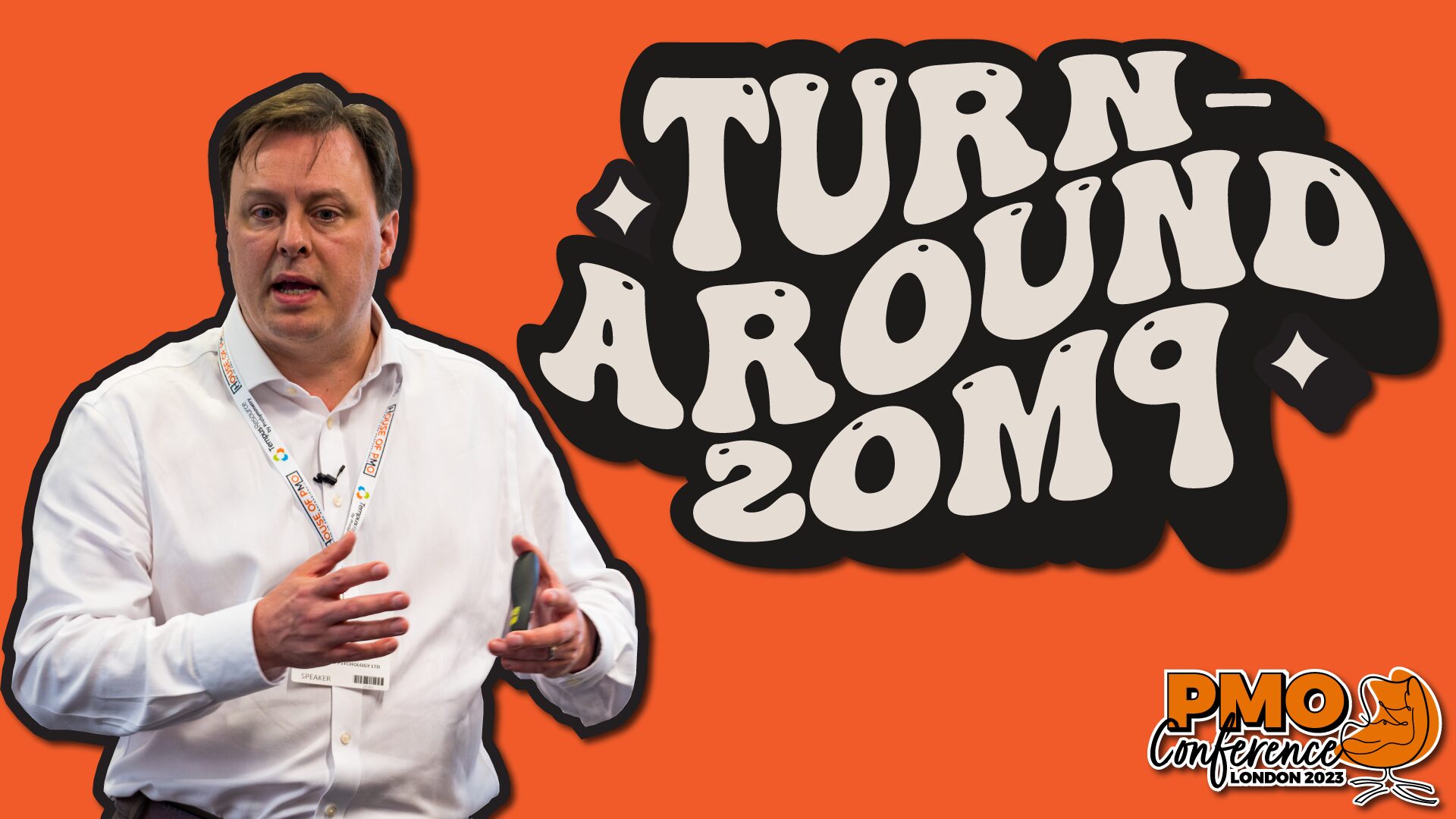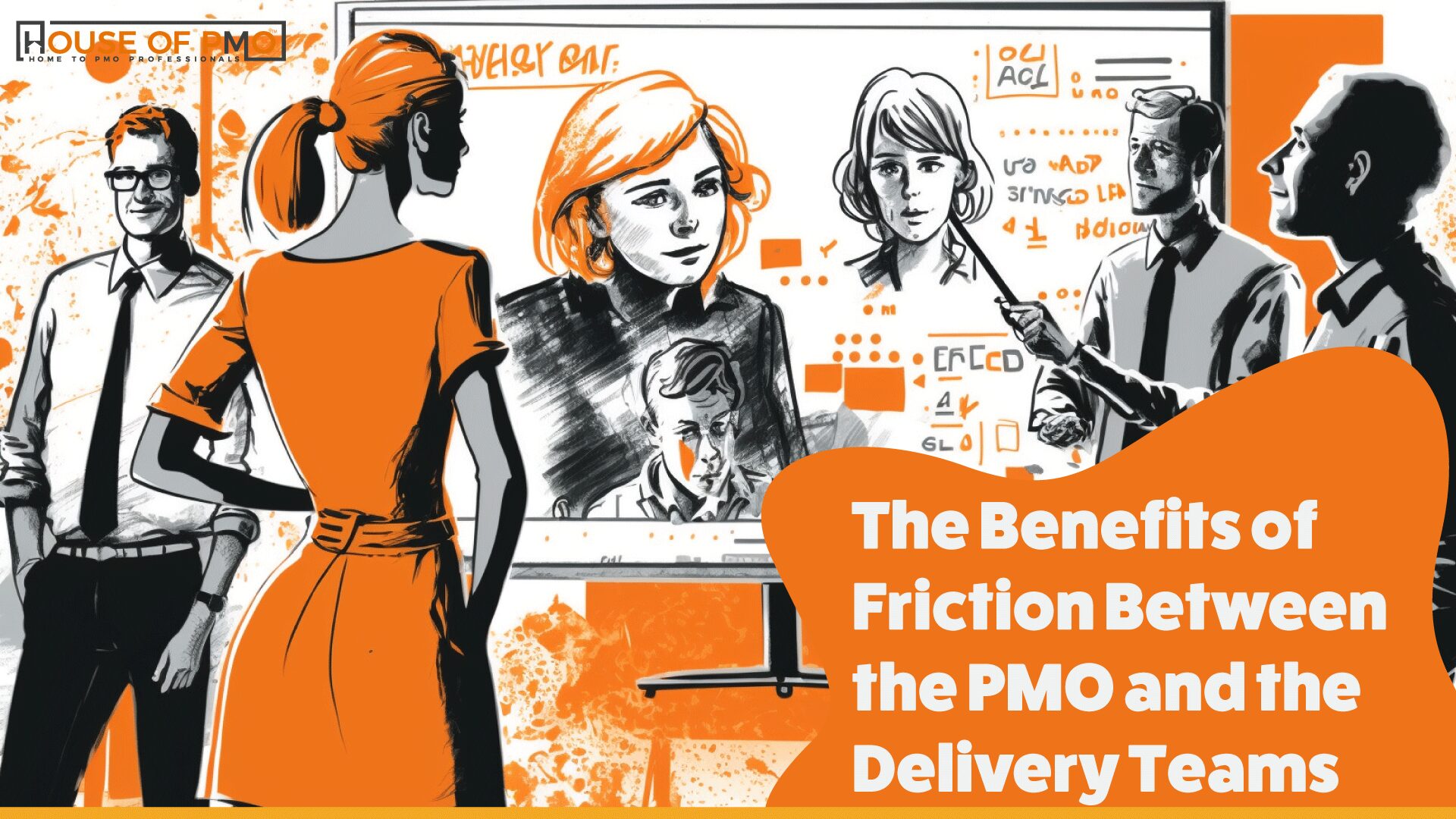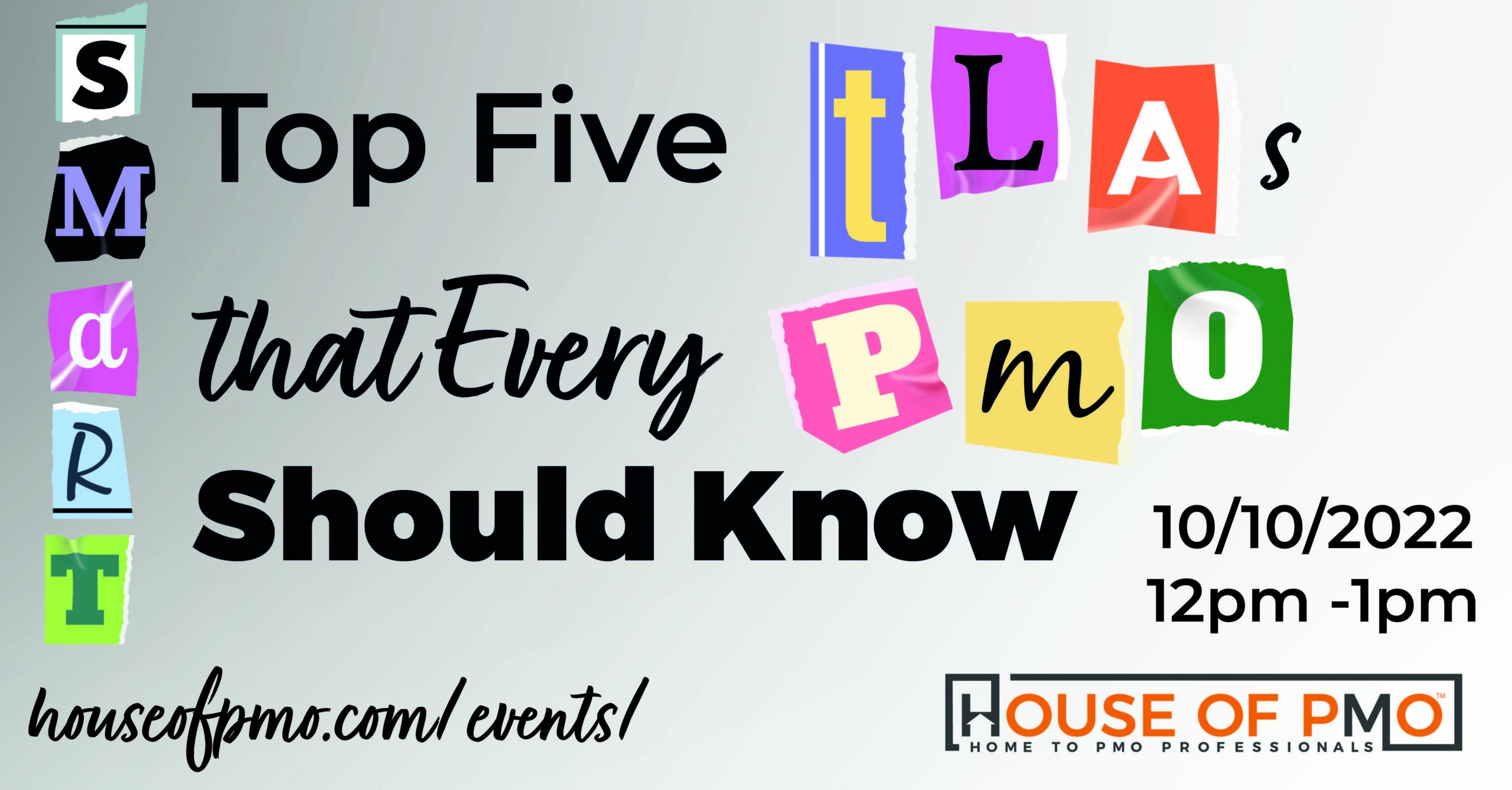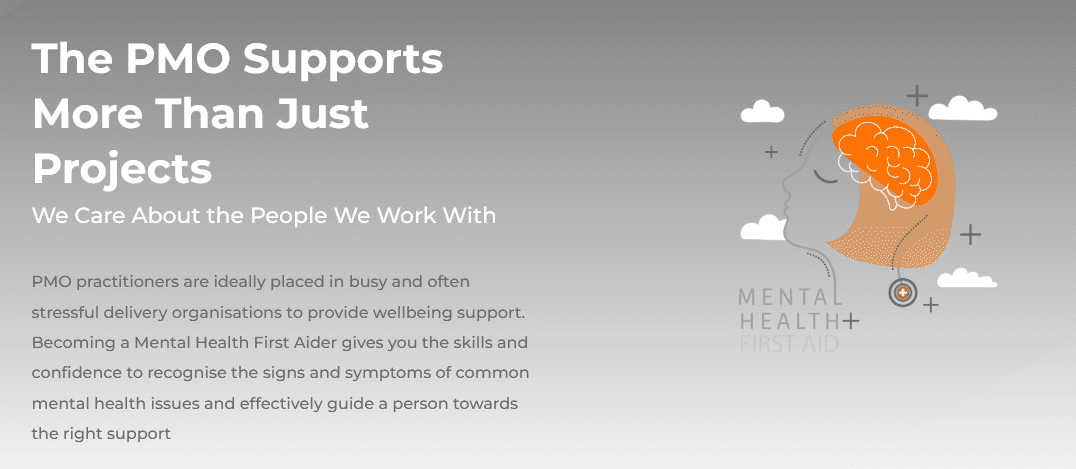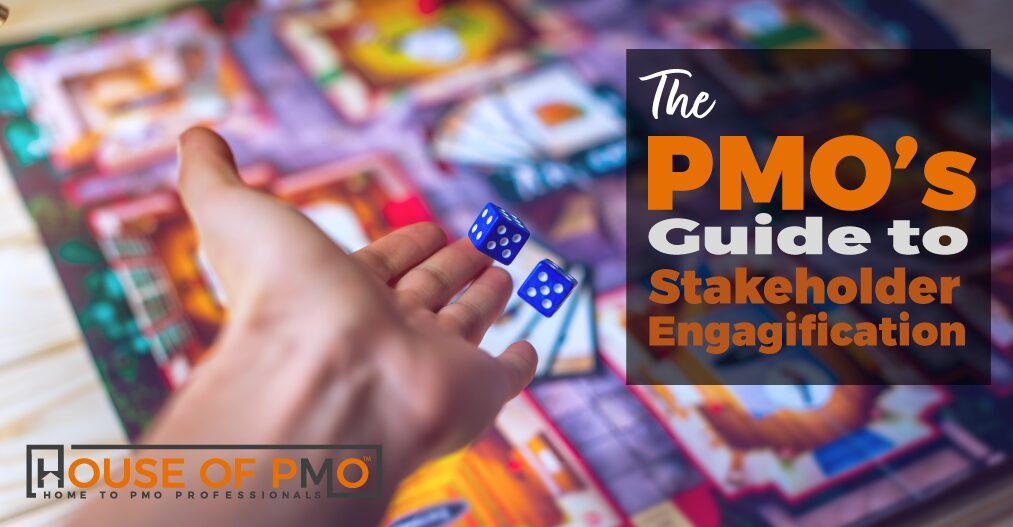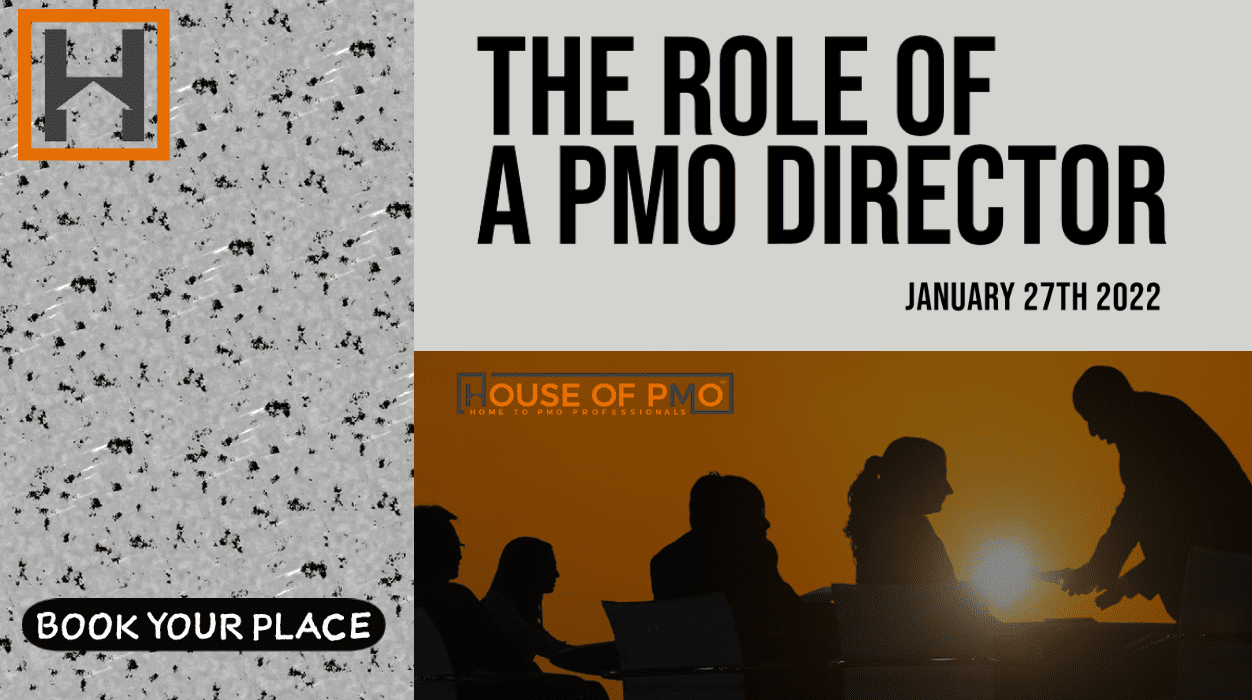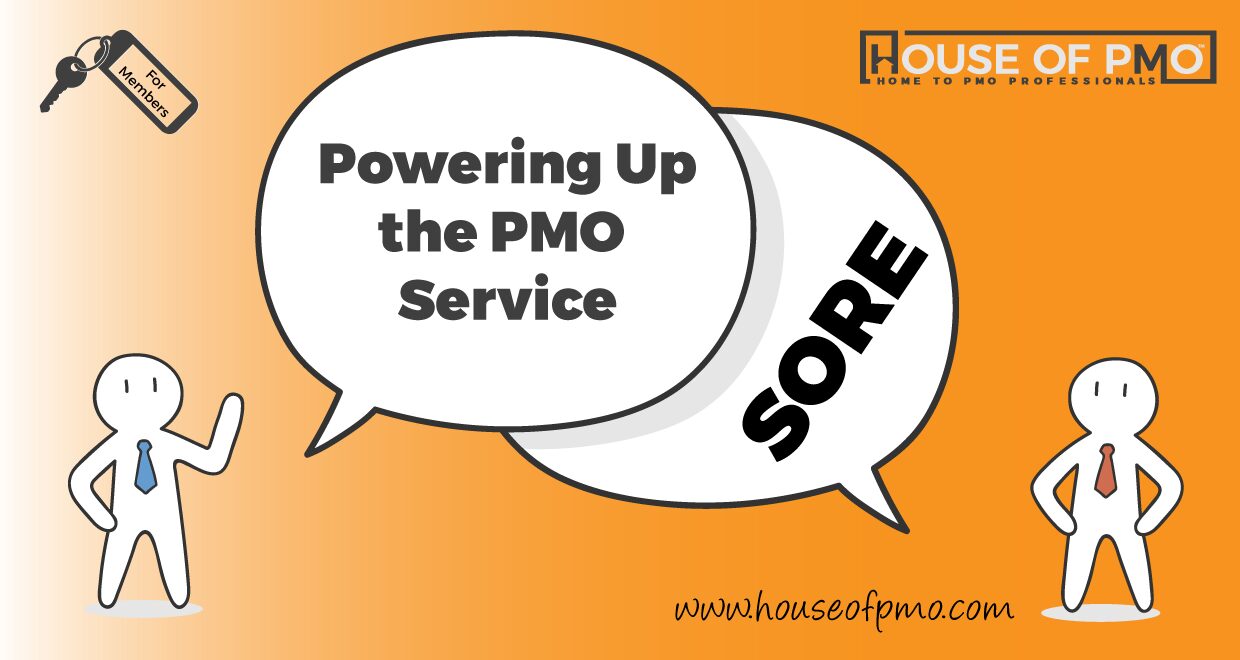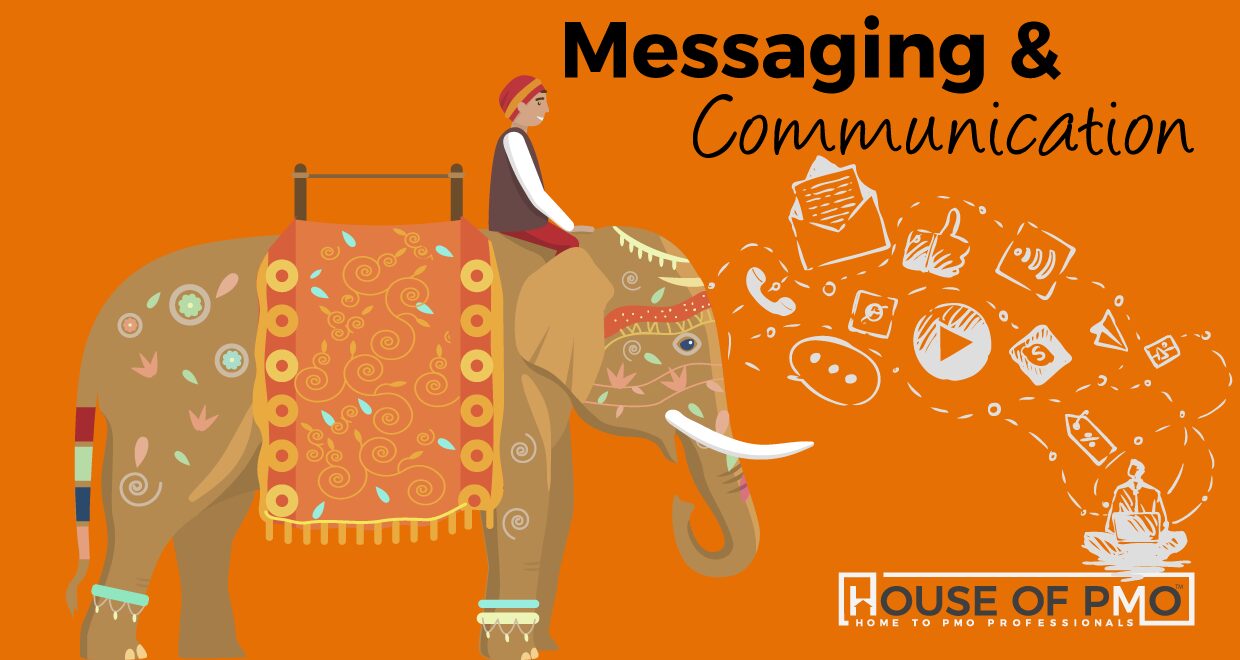In this session, Paul Fenton gives a detailed insight and practical takeaways on what happens when projects and programmes go into special measures in the public sector. This is where the PMO can really come into its own.
Go to article
We get into the heads of senior executives, find out what’s happening, and understand what they care about. We explore psychology to discover how building a psychological contract with your senior executive can help you secure ‘permission to challenge.’
Go to article
In this session, we were live in the room in London with the APM London Branch. Eileen uncovered where the real value of the PMO is and addressed the elephant in the room – the friction that exists between the PMO and delivery teams.
Go to article
This presentation will look at the differences between management and engagement in a project-led environment, and provide practical tips for “doing” engagement and encouraging participation through game mechanics.
Gamification gets people to take action through the techniques and mechanics of games.
We’ll look at the 5 principles of using engagement + gamification that can be used in your Project Office to support stakeholders’ engagement with project work.
Go to article
We welcomed Mitch Rollings who is a PMO Director for Westpac Bank in Australia. Mitch has worked within PMO for many years - both within the UK and Australia.
Mitch's session is open, honest and frank about his experiences and his approach to performing the role successfully.
He starts off by giving an overview of the structure of the organisation and where the PMO and his role fits into that and talks about his first 100 days in post - the areas that were focused on. He also talks about some of the pain points of the role and of course some of the successes.
In this article, you can see the session yourself, plus we add our ten favourite insights.
Go to article
I listened to a webinar last week called Deciding the Key Things to Explain to Stakeholders During Transformation. It was delivered by Jo Ann Sweeney who I met when co-editing the Handbook of People in Project Management a few years ago.
Jo Ann specialises in communications in business and change projects and I thought this would be a good session to gain some insights for PMO practitioners. Insights not just for the programmes and projects they support and the change professionals they might work with - also their own communications from the PMO to their own stakeholders.
There were three key things worth sharing - the concept of the elephant and the rider; overarching themes and how to structure messages.
Go to article
